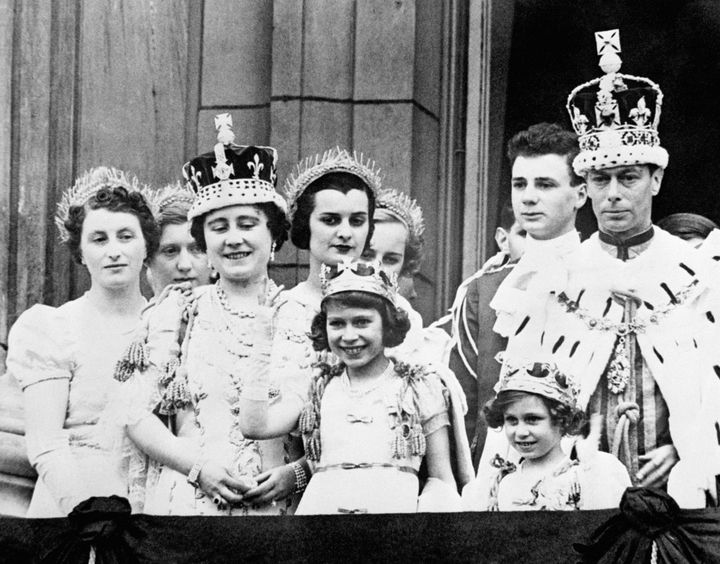
King Charles’s coronation will be the UK’s first in 70 years, so it’s not completely surprising that the new monarch plans on changing a few details.
The formal ceremony, set to start at 11am on Saturday, May 6, will see the new sovereign crowned alongside his wife, the Queen Consort.
Although he has been the monarch since the death of his predecessor and mother, Queen Elizabeth II, this is a traditional event to honour the start of a new reign.
What changes does Charles plan to introduce?
There’s always been a widespread perception that Charles want to modernise the Firm. Will he use the coronation as a chance to showcase his plan?
Buckingham Palace has already hinted that Charles wanted to bring the event into the 21st Century and personalise it. The institution has hinted that it will reflect the monarch’s role in the country today, and look to the future – while honouring some age-old traditions.
1. Charles won’t just talk about Christianity
While Charles will still promise to be “defender of the faith” in his coronation oath, a reference to his role as the head of the Church of England, we can expect him to add a few more words so that he can reference the rest of the country too.
Royal aides and officials are apparently working on an updated oath which would allow Charles to say he will serve all the religions in the UK.
2. The Coronation guest list is much more limited
While more than 8,000 guests from around the world travelled for the Queen back in 1953 for her coronation, her son wants to do things differently.
He has invited just 2,000 people to the ceremony, supposedly to accommodate health and safety restrictions.
Charles also wanted a more diverse congregation for the historic event, with invites sent out to his charity affiliations and people from the voluntary sector.
Only a few MPs and peers made the cut – but more than 1,250 volunteers had been invited to either the ceremony or part of its surrounding events.
Members of other royal families from around the world are also invited to attend the ceremony, which is another step away from the tradition.
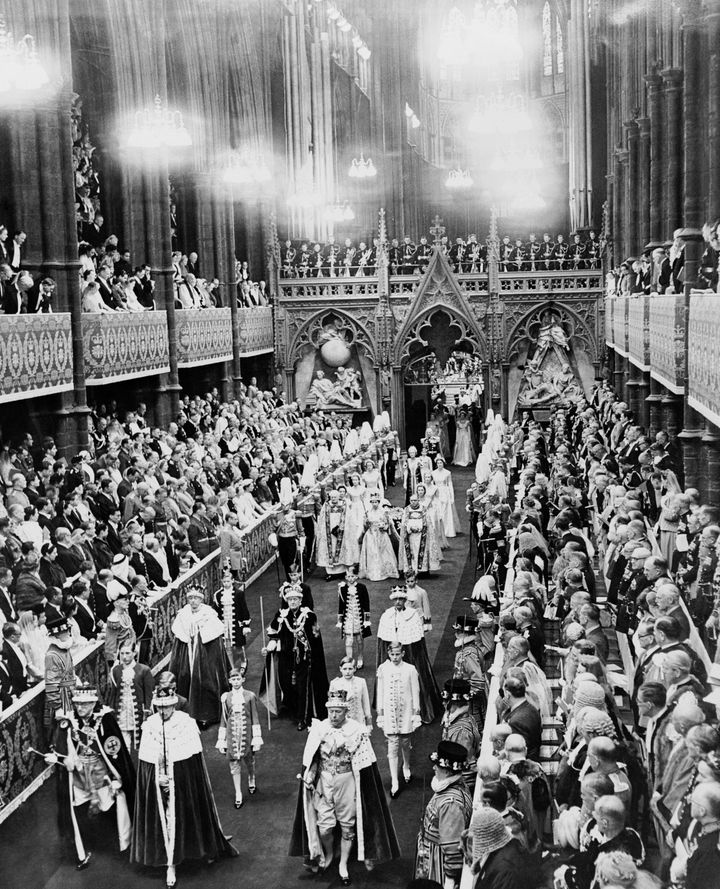
3. No time to waste in the ceremony
Past nobles had to prove their right to undertake certain service to the king during the ceremony. Now, this might be moved into just an admin role through letters.
4. King’s not-so new clothes
While Charles’s male ancestors all marked the start of their reigns in traditional garb, there will be no stockings and breeches for this King.
He’s expected to wear the outfit of the Admiral of the Fleet, which he last wore to the State Opening of Parliament last May.
The King will also enter the venue in the Robe of State, known as the Parliament robe and then wear a range of sacred garments throughout the ceremony.
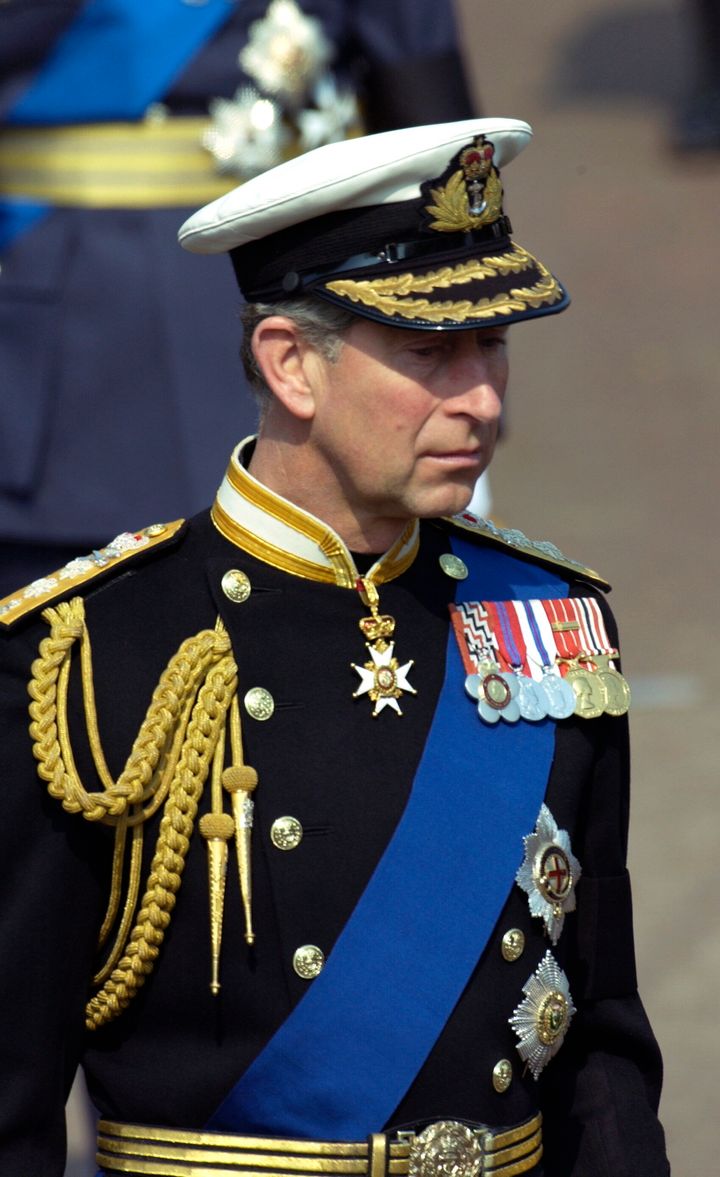
5. Role fit for a Prince
Prince George, second-in-line to the throne at just nine years old, will be the youngest future king to play an official role in a coronation ceremony.
He has been named as one of his grandfather’s four pages of honour – the others are 12 and 13, and all the sons of Charles’s friends.
Camilla has also requested to have her own pages of honour, made up of her three grandsons, and her great-nephew.
6. Music to get crowned to
Charles has made several different music choices for the occasion. He wants Greek Orthodox music as a tribute to his late father, the Duke of Edinburgh, performed by the Byzantine Chant Ensemble, to be played during the ceremony.
Lord Andrew Lloyd-Webber is also writing the Coronation Anthem, made up of 12 new pieces of music personally selected by the monarch.
The King has also got the Ascension Choir, a group of eight hand-picked singers from the choir who were at the Duke and Duchess of Sussex’s wedding, lined up for the ceremony. They will be the first gospel group to perform at Westminster Abbey for a coronation.
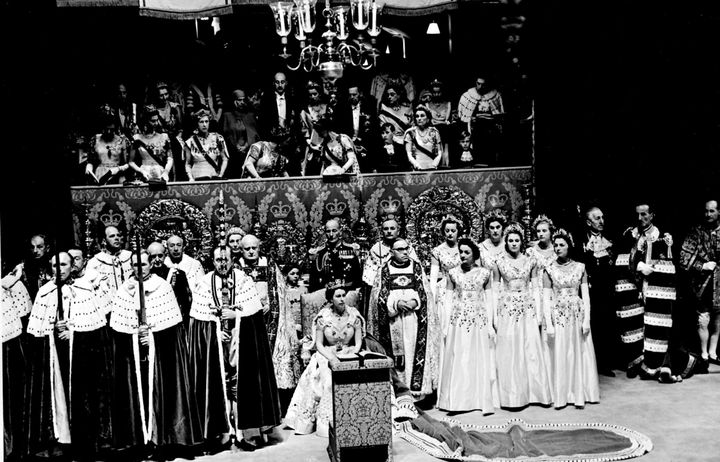
What traditions can we expect to stay?
Although it seems on the surface that Charles will be changing a fair bit, he is actually keeping the core furniture of the event – which harks back to 1066 – the same.
1. It will be in Westminster Abbey
The Palace has explained that Charles will follow tradition and have his coronation in the same place he got married – Westminster Abbey.
It explained back in October: “The coronation is a solemn religious service, together with an occasion for celebration and pageantry.
“The ceremony has retained a similar structure for over a thousand years, and this year’s Coronation is expected to include the same core elements while recognising the spirit of our times.
“For the last 900 years, the ceremony has taken place at Westminster Abbey, London.”
2. It will be conducted by Archbishop of Canterbury
And since 1066, the service has almost always been conducted by the Archbishop of Canterbury – Charles will be keeping this tradition, too.

3. There will be a ‘King’s Procession’
Charles and Camilla will travel in procession from Buckingham Palace to Westminster Abbey, in the Diamond Jubilee State Coach, drawn by 6 Windsor Grey horses.
The procession will travel along The Mall, through Admiralty Arch, in Trafalgar Square before turning onto Whitehall. It will then go through Whitehall and along the east and south sides of Parliament Square, arriving at Westminster Abbey.
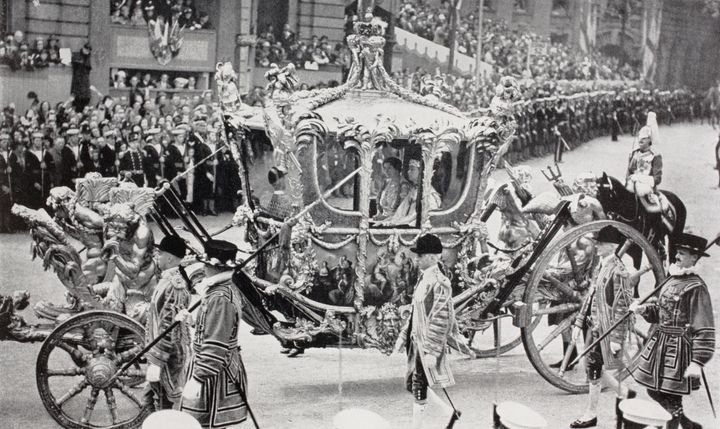
4. The King will receive the same religious ceremonies as his predecessors
This includes being anointed with consecrated oil, the delivery of the orb and the enthroning itself, all by the Archbishop.
Like with the Queen’s, this is the one part of the ceremony which will not be televised because of its holy nature.
5. He will be crowned and seated in the coronation chair
Like his mother, he will be crowned with St Edward’s Crown and then leave wearing the Imperial State Crown.
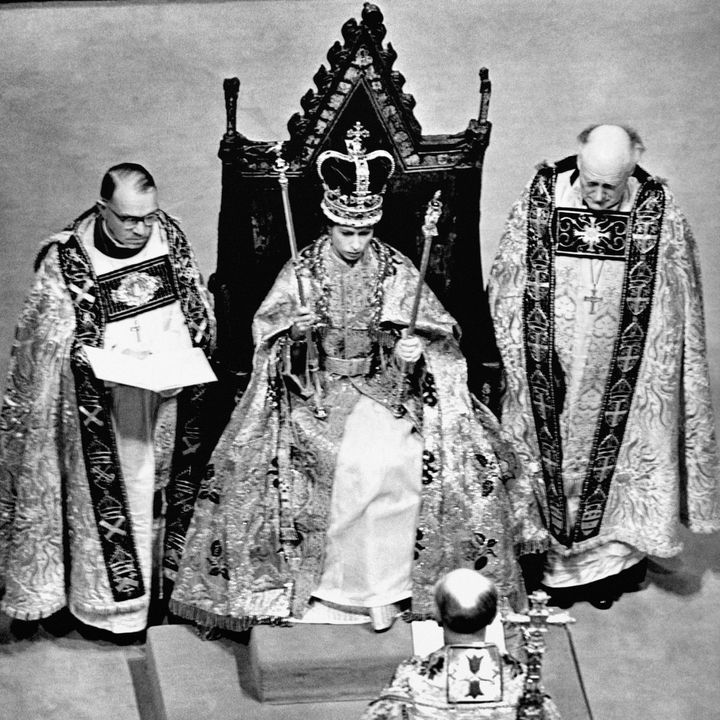
6. The Coronation Procession will happen as they return to Buckingham Palace
But this will be a fraction of the length of the Queen’s – It’s 1.3 miles compared to the Queen’s five-mile procession, and the reverse of Charles and Camilla’s journey to the Abbey leading up to the coronation.
7. There will be a balcony service
The King, Camilla and other senior members of the family will gather on Buckingham Palace’s balcony to conclude the day’s public events.
